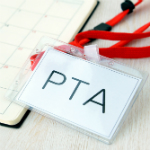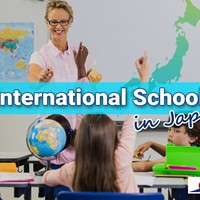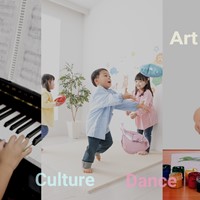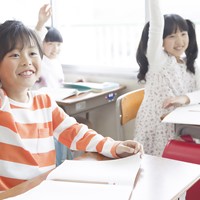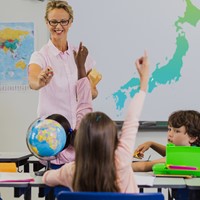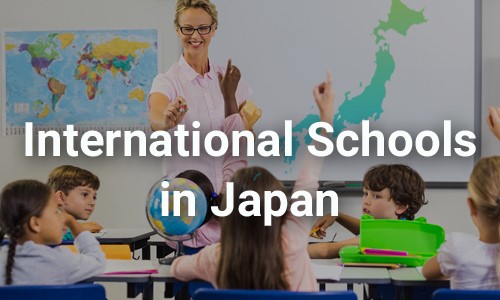What You Should Know about Japanese Public School Customs

There are certain things done in Japan which may be quite different from the school customs you are familiar with in your home country. In Japan, children go to school alone (or in a group), healthy lunches are prepared at school, children clean the school themselves, no accessories are allowed to be worn, and so on.
If you are Muslim and would like your child to go to a Japanese public school, please read our article International Islamic Schools for Muslim Children in Tokyo. You can learn examples of arrangements which Japanese public schools have done for Muslim children.
We also provide a list of International Schools in Japan and Japanese Education System if you would like to compare the systems. The age structures in Japan is also different from other countries, you can find more details in School Grade and Age Structures in Japan.
Below is a list of 8 major customs of Japanese public schools you may not be familiar with. You can also find the timetable and subjects which students learn in elementary school in "Primary - Elementary School System in Japan".
10 things you should know about Japanese public schools
1. School children / Students go to school by themselves
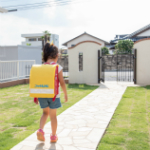
School children/Students walk (or take a train) to school by themselves. Normally elementary school children living in the same neighborhood go to school together in a group (without parents present). In principle, traveling to and from school by bicycle is not allowed for elementary school children.
2. School lunch (Kyûshoku) is prepared at school
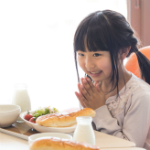
In most Japanese public elementary and junior high schools, a very healthy lunch is prepared by nutritionists. Everyone eats together in the classroom as it's considered as an educational activity. Children/Students serve lunch to their class and clean up after eating. Parents or guardians pay monthly for the cost of lunch. If your child cannot eat certain things due to allergies or religious reasons, consult your teacher.
3. Children / Students clean the school by themselves
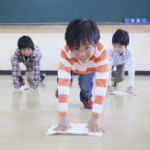
Children / Students clean the classrooms, restrooms, entrance, hallways etc. by themselves. They make sure that their surroundings are kept clean and they also bring their cleaning cloth (called Zoukin) from home. There are more materials you will need to prepare for elementary school students in Japan.
4. Swimming lessons are part of the elementary school curriculum
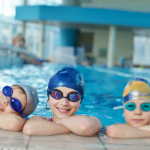
In most elementary schools, children follow swimming lessons in summer. They are part of the Japanese elementary school curriculum.
5. Children participate in the marathon (long-distance running competition) in winter
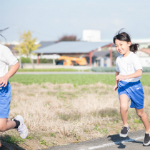
Many elementary schools organize a marathon (long-distance competition) in winter and children participate in it. There are more yearly activities and events in Japanese public schools.
6. After school care classes are available (Gakudou hoiku) in most schools
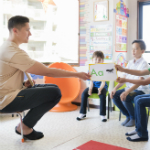
In most elementary schools, after school care classes are available until 5pm-6pm. The monthly fee depends on the school. Some schools offer the classes for free, some school charges (average is around ¥4,000-7,000).
7. You have to change shoes inside school
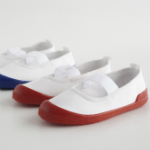
In most Japanese schools, everyone has to change out of their outside shoes and into their inside shoes (called Uwabaki or Uwagutsu) when they enter the school. By wearing indoor shoes they avoid bringing in dirt from outside.
8. Club activities are available after school
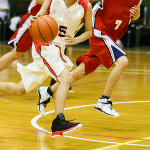
Children / Students can join athletic or cultural activities after school at their school. School Club activities are more common in junior high schools. Outside school activities (e.g. baseball, basketball, football, Karate, Kendo, swimming etc.) are also available in most areas for both elementary school students and junior high school students. These clubs are organized by public groups (cities/prefectures) or private groups.
9. No accessories nor snacks are allowed - school regulations
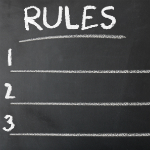
Japanese public elementary schools and junior high schools prohibit bringing snacks, drinks (e.g. soda or juice), mobile phones, and toys. Having manicures and wearing accessories such as earrings or necklaces are also prohibited. Most junior high schools have their own school uniforms and dress regulations.
10. PTA (Parent-Teacher Association) organizes numerous activities
A PTA (Parent-Teacher Association) puts together numerous activities and gives parents an opportunity to get to know more about their child's teachers and the parents of your child's classmates. The PTA organizes parent-teacher meetings, helps during community events, makes school newsletters, and also makes sure that children make it to school and arrive home safely.
Does your child need Japanese language support at Public School?
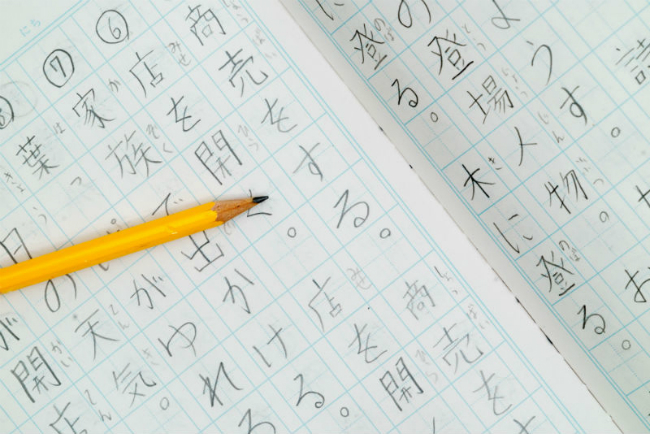
Aside from following these Japanese school customs, you may find it difficult for your child to follow their classes in Japanese. Though it depends on the area, there are many local governments which organize Japanese language support within or outside school.
Some public schools have volunteers who will come to their classroom to interpret in English for children with foreign nationalities. There are also schools which organize Japanese language support classes within or outside school. Since every school has a different support system and some schools work with NPO (volunteers), it is best to consult with your local school or municipal board of education before enrollment.
If you would like to know more about Schools in Japan, please read Japanese Education System - Public, Private and International schools.
You may also be interested in:
* List of International Schools in Japan
* Japanese education system and which school is the best for your child
* Primary - Elementary School System in Japan
* Enrolling in a Japanese public school and materials you need to prepare
